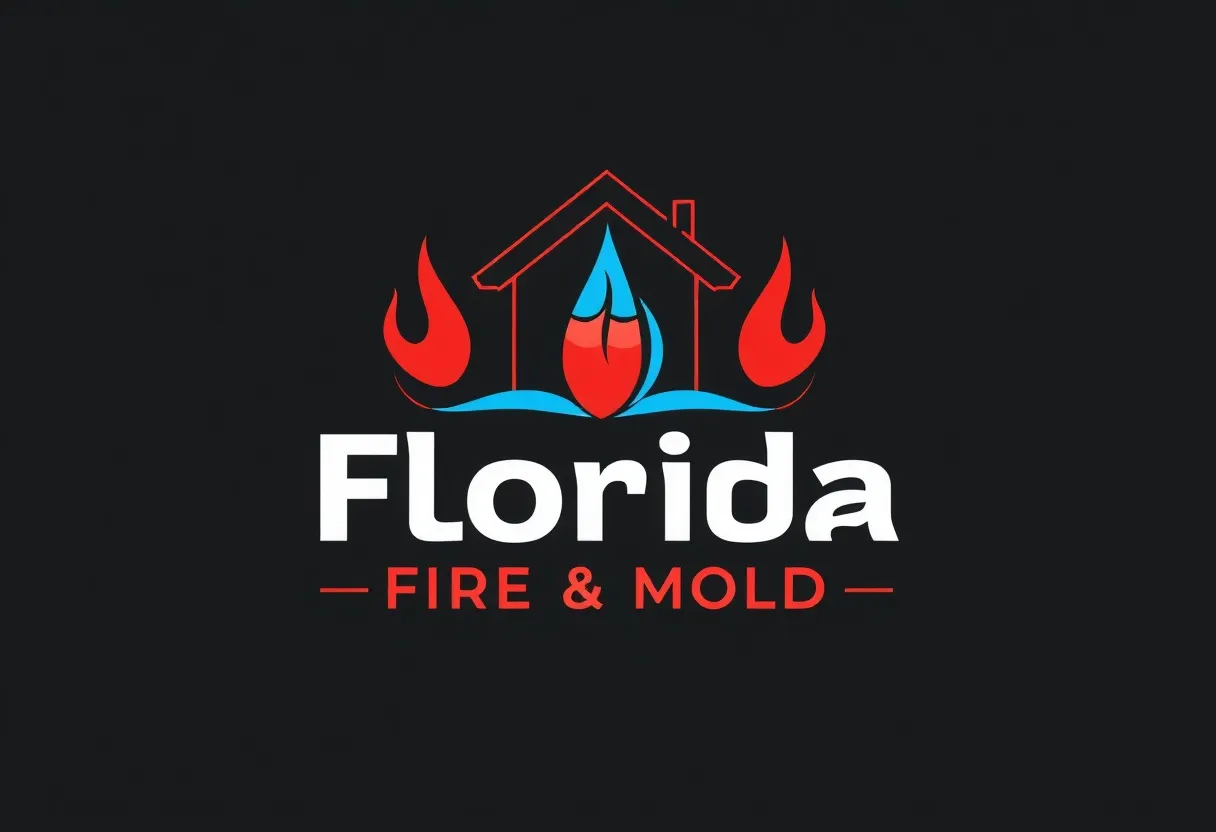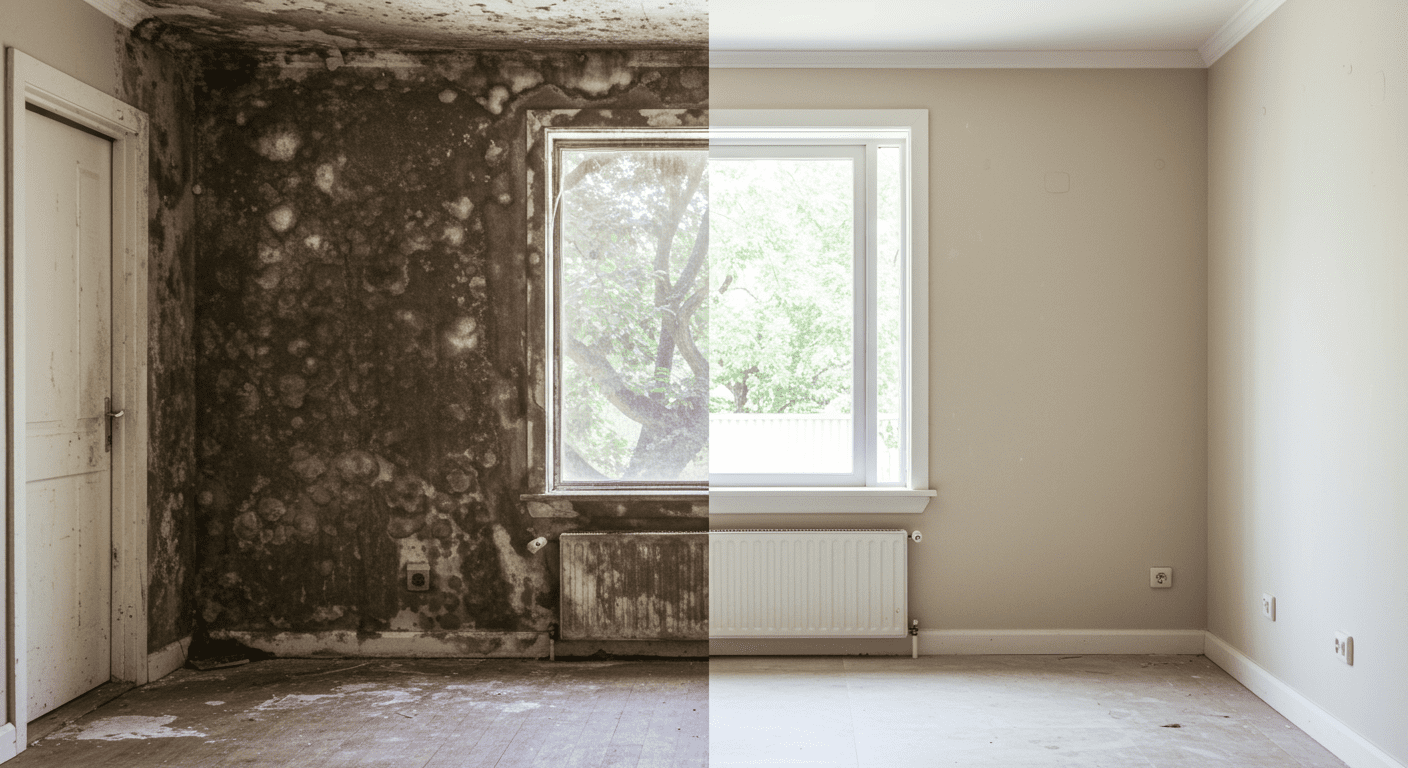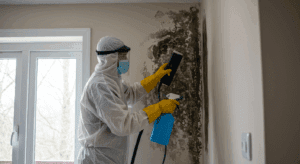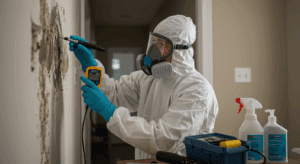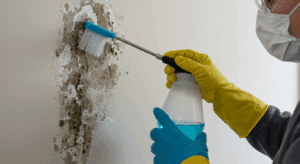Black mold is a common household issue that can pose serious health risks if left untreated. Understanding how to safely remove black mold is essential for maintaining a healthy living environment. This guide will walk you through the risks of black mold, how to prepare for its removal, step-by-step remediation techniques, and tips for preventing future growth.
Understanding Black Mold and Its Risks
Health Effects of Black Mold Exposure
Black mold, scientifically known as Stachybotrys chartarum, releases spores that can cause respiratory issues, allergies, and other health problems. Prolonged exposure may lead to chronic conditions such as asthma or sinus infections. Individuals with weakened immune systems, children, and the elderly are particularly vulnerable to its effects. Recognizing these risks highlights the importance of addressing black mold promptly.
Common Signs of Black Mold Infestation
Black mold thrives in damp, humid areas and often appears as dark green or black patches on walls, ceilings, or floors. A musty odor is another telltale sign. If you notice discoloration on surfaces or experience unexplained allergic reactions, it’s time to inspect your home for mold. Early detection can prevent further damage and health complications.
Preparing for Mold Removal
Essential Safety Gear for Mold Cleanup
Before tackling black mold, ensure you have the right safety gear. This includes gloves, goggles, a respirator mask, and protective clothing to minimize exposure to mold spores. Proper ventilation is also crucial during the cleanup process to reduce airborne spores and maintain a safe environment.
Assessing the Extent of the Mold Problem
Evaluate the size and severity of the mold infestation. Small patches (less than 10 square feet) can often be handled by homeowners, while larger infestations may require professional intervention. Identifying the source of moisture is equally important, as mold will continue to grow if the underlying issue isn’t resolved.
Step-by-Step Guide to Safely Remove Black Mold
Finding and Fixing Moisture Sources
Mold thrives in moist environments, so addressing the root cause of the problem is critical. Check for leaks in pipes, roofs, or windows, and repair them immediately. Use a dehumidifier to maintain indoor humidity levels below 50%, which helps inhibit mold growth.
Cleaning Solutions: Natural vs. Chemical
When it comes to cleaning solutions, you have two main options: natural or chemical. Natural solutions like vinegar and baking soda are eco-friendly and effective for small mold patches. For more severe infestations, commercial mold removers containing bleach or hydrogen peroxide may be necessary. Always follow the manufacturer’s instructions for safe use.
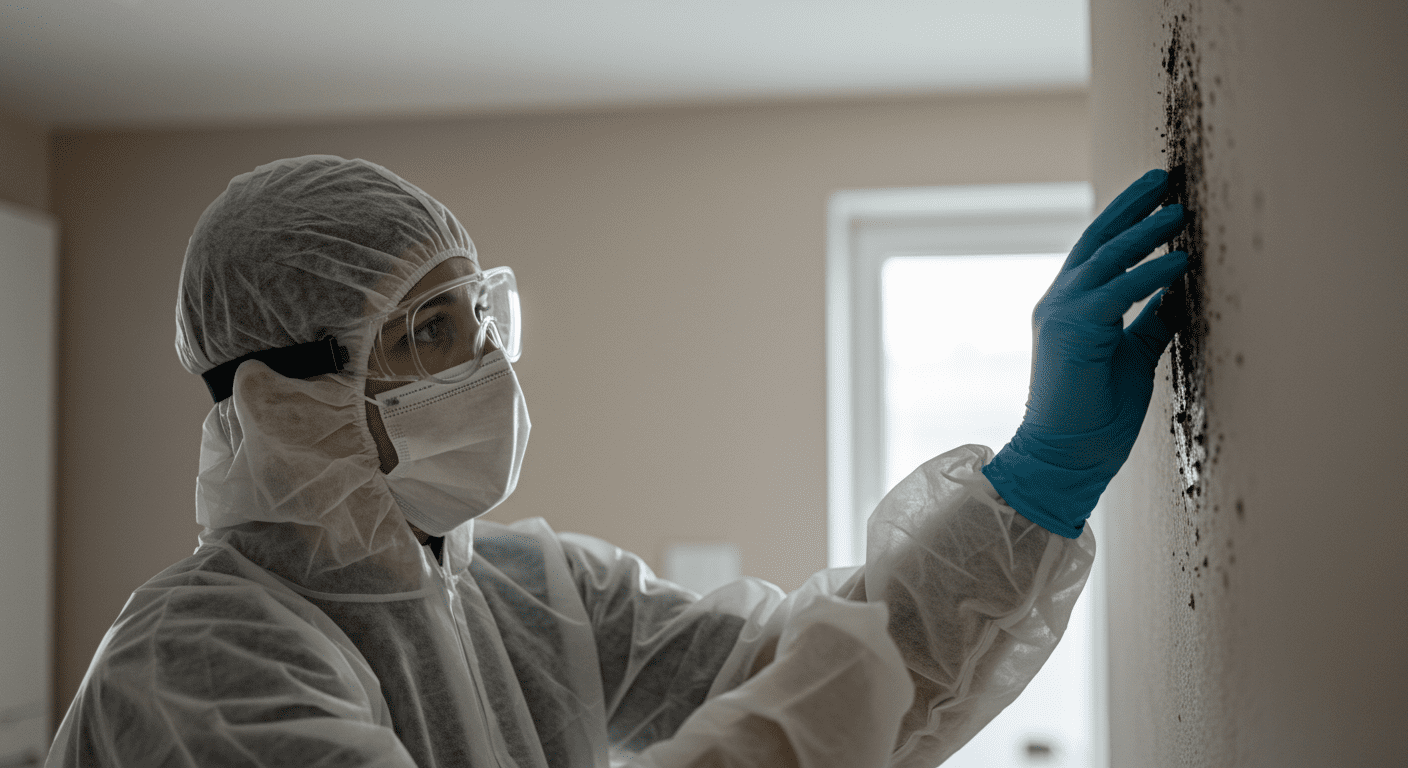
Proper Cleanup and Disposal Techniques
Begin by sealing off the affected area to prevent mold spores from spreading. Scrub the moldy surface with your chosen cleaning solution and a stiff brush. Dispose of contaminated materials, such as drywall or carpeting, in sealed plastic bags. Once the area is clean, dry it thoroughly to prevent regrowth. Remember to wash your safety gear and tools after use.
Preventing Future Mold Growth
Tips for Controlling Indoor Humidity
Maintaining optimal humidity levels is key to preventing mold. Use a hygrometer to monitor indoor humidity and invest in a dehumidifier if necessary. Ensure proper ventilation in high-moisture areas like bathrooms and kitchens by using exhaust fans or opening windows. Regularly inspect your home for leaks or water damage.
Regular Maintenance and Inspection Practices
Routine maintenance can help you stay ahead of mold problems. Check your home’s plumbing, roofing, and HVAC systems for signs of wear or leaks. Clean gutters and downspouts to prevent water accumulation. Conduct regular mold inspections, especially in areas prone to dampness, to catch issues early.
For more detailed guidance on mold prevention, check out the Ultimate Guide to Black Mold: Identification, Removal, and Prevention Strategies.
By following this comprehensive guide, you can safely and effectively remove black mold from your home while minimizing health risks. Remember, prevention is always better than remediation, so take proactive steps to keep your living space mold-free. If the problem persists or feels overwhelming, consider seeking professional assistance to ensure a thorough cleanup.
